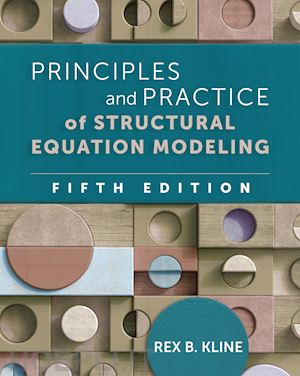Significantly revised, the fifth edition of the most complete, accessible text now covers all three approaches to structural equation modeling (SEM)--covariance-based SEM, nonparametric SEM (Pearls structural causal model), and composite SEM (partial least squares path modeling). With increased emphasis on freely available software tools such as the R lavaan package, the text uses data examples from multiple disciplines to provide a comprehensive understanding of all phases of SEM--what to know, best practices, and pitfalls to avoid. It includes exercises with answers, rules to remember, topic boxes, and a new self-test on significance testing, regression, and psychometrics. The companion website supplies helpful primers on these topics as well as data, syntax, and output for the book's examples, in files that can be opened with any basic text editor. New to This Edition *Chapters on composite SEM, also called partial least squares path modeling or variance-based SEM; conducting SEM analyses in small samples; and recent developments in mediation analysis. *Coverage of new reporting standards for SEM analyses; piecewise SEM, also called confirmatory path analysis; comparing alternative models fitted to the same data; and issues in multiple-group SEM. *Extended tutorials on techniques for dealing with missing data in SEM and instrumental variable methods to deal with confounding of target causal effects. Pedagogical Features *New self-test of knowledge about background topics (significance testing, regression, and psychometrics) with scoring key and online primers. *End-of-chapter suggestions for further reading and exercises with answers. *Troublesome examples from real data, with guidance for handling typical problems in analyses. *Topic boxes on special issues and boxed rules to remember. *Website promoting a learn-by-doing approach, including data, extensively annotated syntax, and output files for all the books detailed examples.












